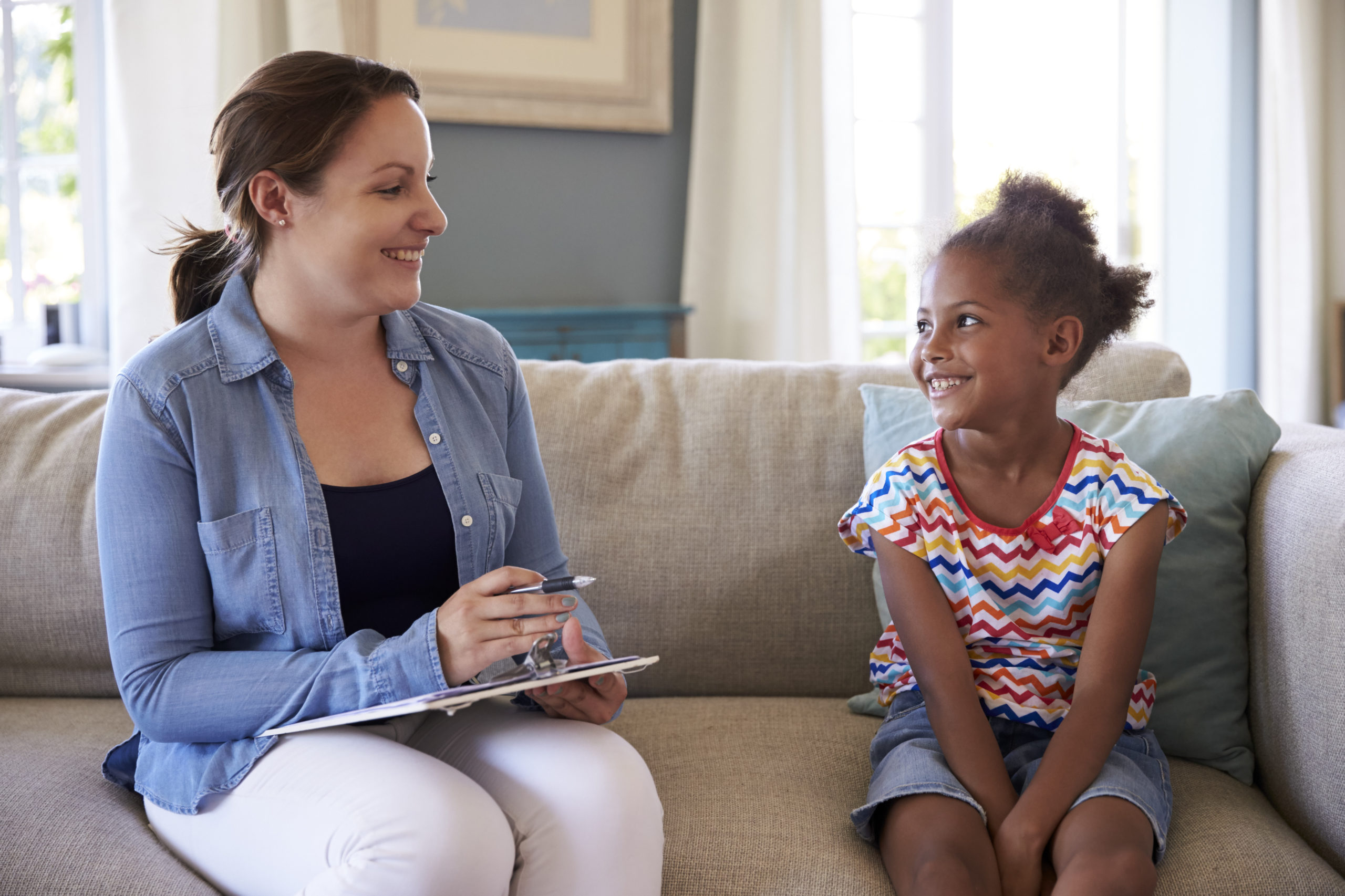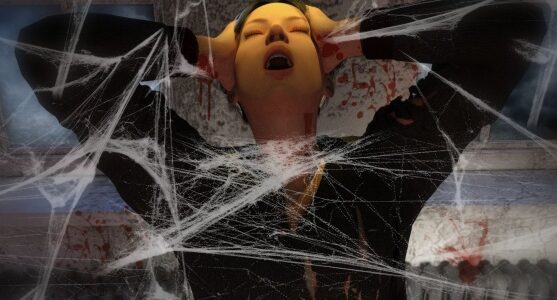LISTEN TO THIS ARTICLE:
One in eleven children in the United States has an anxiety disorder. This number has been steadily increasing for the past twenty years. Exposure therapy is considered the standard approach for adults with anxiety and phobia disorders. Although it is often associated with treatment used for veterans suffering from post-traumatic stress disorder (PTSD), exposure therapy can also be effective for children with anxiety.
Using exposure therapy with children has gained attention in recent news due to increasing rates of anxiety that have resulted from the COVID-19 pandemic. Some mental health professionals are turning to exposure therapy for children who have anxiety, phobias, or obsessive compulsive disorder (OCD).
How Exposure Therapy in Children Works
The basic philosophy of exposure therapy is a phrase of encouragement that children have heard since they were little: Be brave. Face your fears.
Exposure therapy is a type of cognitive behavioral therapy (CBT). The approach has a child purposefully confront what causes them the most discomfort. With increased exposure to the fear – also called a stimulus – the child learns to tolerate distress while strengthening their ability to cope. New learning takes place, which helps challenge a child’s previously established expectations and beliefs about their fears. Once the child is exposed to their fear enough times, the negative response decreases. Children learn that they can manage anxiety and that it will pass. This process is called habituation.
With enough exposure, the response may disappear altogether. Learning that the negative events do not occur every time the child encounters a fear is known as inhibitory learning. This type of learning is the goal of exposure therapy. When the response disappears, a child no longer associates the original fear with anxiety. Exposure therapy typically works within a few months. The best part: It has minimal side effects and aims to cure the root cause of the disorder.
Parenting Tips
The use of exposure therapy in children with anxiety disorders has the potential to be very effective when implemented correctly. For the best chance of success, treatment should include help from a mental health professional, tools to aid in communication, a gradual exposure approach, and positive reinforcement.
1. Simplify Communication Through Pictures
Work with your child’s mental health professional to develop a way to help your child effectively communicate their emotions. Feelings related to anxiety are confusing and difficult to explain. The graphic below is one example of a tool that may be beneficial during conversations with your child. When children feel overwhelmed, it can be hard for them to put into words what they are feeling.

2. Map Your Fears
Studies suggest that among children with anxiety disorders, up to 65% of their parents also have anxiety. As a result, parents may unintentionally reinforce negative coping patterns and model avoidance behaviors.
To fight this, try “mapping your fears.” Get a piece of paper and create two columns. On one side, write down your fears. On the other side, write down how you respond to those fears. What do you notice? Do you tend to avoid these triggers? How does this indirectly affect your children? Do you protect your child from their fears? While sheltering them may seem like you have their best interest in mind, you may actually be doing more harm than good.
This same “mapping your fears” strategy can be used with children. When doing this exercise with your child, simplify the language like the example below.

3. Help Your Child Implement a Step Ladder Plan
If a child is afraid of water, you don’t push them into the deep end. We all know intuitively that will just not work and would traumatize anyone in that situation. Instead, you help your child create a plan that gradually encourages them to face what they are most afraid of. The “step ladder” strategy is a good visual aid that will make your child’s fear seem less scary and their goal more manageable.
Use the “feelings thermometer” or another age-appropriate tool to measure your child’s thoughts and feelings before and after you implement a step on the ladder.

4. Implement a Reward System
Exposure therapy in children is an effective research-based approach for the treatment of anxiety disorders in approximately 60% of children. Despite this, a significant number of children do not get better with treatment. Fortunately, you can maximize the benefits of exposure therapy through extra reward-based incentives.
Develop a system where your child earns points for participating in exposure-based tasks. This is especially important after intense periods of exposure. Your child can choose a reward when they have earned enough points. Rewards can encourage your child to keep trying. The image below is an example of both short-term and long-term rewards that may help motivate your child to continue exposure therapy. You can also work with your child to create a reward system based on their specific interests and desires.



 Learn
Learn Get News
Get News Find Help
Find Help
 Share
Share
 Share
Share
 Share
Share
 Share
Share



